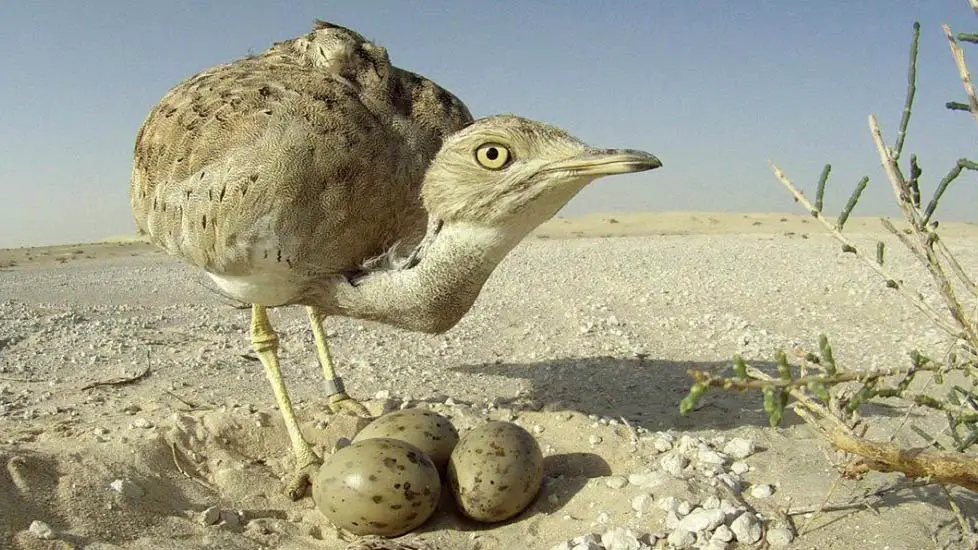
€346,000 Boost for Endangered Steppe Birds’ Habitat on Fuerteventura
Have you heard the latest about Fuerteventura? There’s something genuinely encouraging happening here—especially if you care about wildlife and sustainability. The Canary Islands government has just committed over 346,000 euros to restore the natural habitats of endangered steppe birds in the northern part of Fuerteventura. It’s a significant move that not only highlights the island’s ecological value but also signals a real commitment to preserving its unique biodiversity.
Also Read:- Bupa Health Insurance Scandal: What Really Went Wrong
- Ons Jabeur's Wimbledon Exit Marks Another Heartbreaking Chapter in Her Injury Saga
This new conservation project focuses on the area known as Gavias del Cárcel in the municipality of La Oliva. It’s not just any patch of land—it’s home to some incredibly rare and threatened bird species that are native to the Canary Islands, like the Saharan houbara bustard (locally known as hubara canaria ), the black-bellied sandgrouse ( ganga ortega ), and the trumpeter finch ( camachuelo trompetero ). These birds, which rely heavily on the island’s fragile steppe ecosystems, have been facing serious challenges due to habitat loss, invasive species, and increasing desertification.
On June 26, 2025, Mariano Hernández Zapata, the Regional Minister for Ecological Transition, visited the site along with Lola García, the President of the Cabildo of Fuerteventura. They emphasized that this initiative is not just about protecting birds—it’s about combating desertification, improving water resources, and creating a model that could be applied across other parts of the island.
The plan includes fencing off the area to prevent invasive animals like rabbits from damaging the habitat. There’s also a focus on enlarging water points for birds, restoring traditional farmland, planting suitable crops to provide food, and rewilding parts of the landscape to support nesting and breeding behaviors.
They’re even looking at transforming existing ponds, removing unnecessary paths, and adding barriers to prevent human interference in sensitive zones. It’s a comprehensive approach—more than just a patch job. It’s a blueprint for ecological recovery.
What makes this initiative stand out is that it’s happening in a place already recognized as a biosphere reserve with multiple bird protection areas. As Lola García rightly said, preserving and restoring these landscapes isn’t optional—it’s a top priority.
To me, this is more than just a news headline. It’s a story of how local action, backed by real investment and vision, can make a tangible difference in reversing environmental decline. And it shows that Fuerteventura isn’t just about beaches and tourism—it’s also about stewardship, biodiversity, and the quiet resilience of life in the steppe.
Read More:

0 Comments